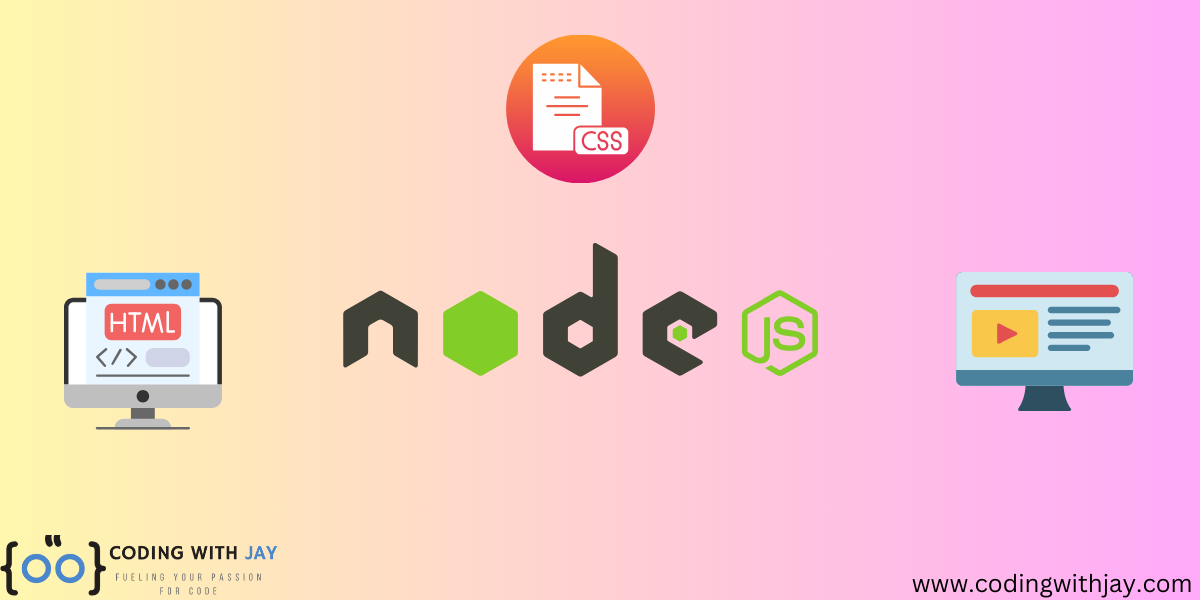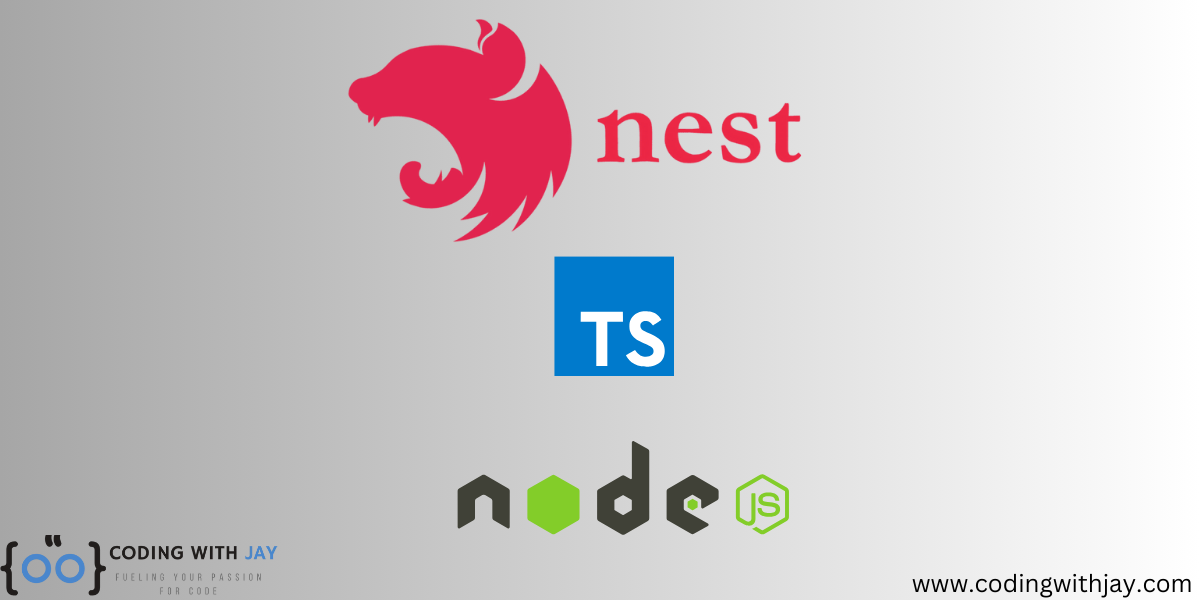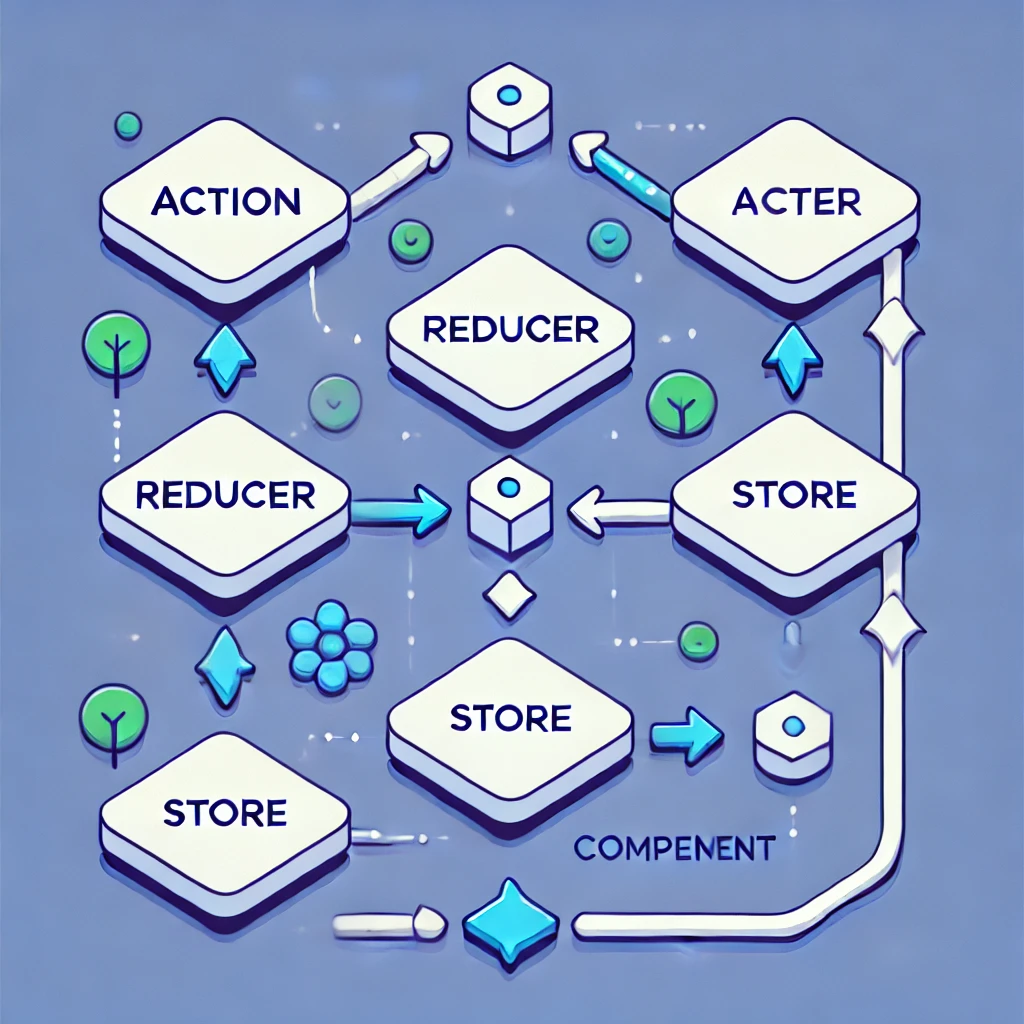As a potent backend tool, Node.js has grown in popularity. However, fans and developers sometimes wonder if Node.js can also be utilized for front-end development. This blog article will discuss the possibilities of Node.js for frontend development and its integration with the frontend environment. Now let’s explore “Node.js for Frontend” and how it fits into the current web development scene.
What is Node.js?
Node.js is an open-source, cross-platform runtime environment allowing developers to execute JavaScript code outside a browser. It uses the V8 JavaScript engine, the same engine used by Google Chrome, to execute code quickly and efficiently. Traditionally, Node.js is known for server-side applications, but its role in front-end development is also worth exploring.
Can Node.js Be Used for Frontend Development?
The simple answer is that, with some clarifications, Node.js may be utilized for front-end development. Node.js contributes significantly to frontend development in the following ways, even if it isn’t utilized in the same manner as HTML, CSS, and client-side JavaScript to construct the UI components directly in the browser:
- Build Tools and Package Management: Node.js is essential for managing packages and dependencies in front-end projects. Tools like npm (Node Package Manager) and yarn are used to install libraries, frameworks, and other tools that facilitate front-end development. For instance, when working with React, Angular, or Vue.js, Node.js is used to manage the dependencies and set up the project environment.
- Development Servers: Node.js provides a fast and lightweight environment to run development servers. Tools like webpack-dev-server, BrowserSync, and others are built on Node.js and provide hot-reloading, file-watching, and other features that enhance the front-end development workflow.
- Code Transpilation and Bundling: Modern JavaScript development often involves using ES6+ syntax, JSX (in React), or TypeScript, which need to be transpiled to browser-compatible JavaScript. Node.js is used with tools like Babel, Webpack, and Rollup to transpile and bundle code, ensuring it works seamlessly in the browser.
- Server-Side Rendering (SSR): Frameworks like Next.js (React) and Nuxt.js (Vue.js) use Node.js to render pages on the server before sending them to the client. This approach improves performance and SEO by delivering fully rendered HTML to the client.
- Frontend Frameworks and Libraries: Some frontend frameworks and libraries rely on Node.js during development. For example, React’s Create React App and Angular’s CLI use Node.js to create a local development environment, manage dependencies, and provide development tools.
Advantages of Using Node.js for Frontend Development
- Unified Development Language: Using Node.js for both frontend and backend allows developers to work in a unified JavaScript environment, reducing the context switching between languages and streamlining development.
- Rich Ecosystem: The npm ecosystem provides a vast collection of libraries and tools that can be used in front-end development, making it easier to find and integrate functionality.
- Faster Development Cycle: With tools like hot-reloading and live reloading powered by Node.js, developers can see changes in real time, which speeds up the development process.
- Scalability: Node.js allows the creation of scalable and high-performance development environments, essential for modern web applications.
Limitations of Using Node.js for Frontend Development
- Not a Direct Replacement for Frontend Technologies: Node.js itself does not replace HTML, CSS, and client-side JavaScript. It complements these technologies by providing tools and environments but does not render UI components directly.
- Learning Curve: Developers who are new to Node.js may face a learning curve when integrating it into their frontend workflow, especially if they come from a purely frontend background.
Conclusion
The frontend development process is significantly aided by Node.js, even if it is not utilized to create the actual user interface. In today’s frontend developer toolkit, Node.js is a must-have for handling dependencies, offering development servers, and enabling server-side rendering. Consequently, Node.js is a great tool for organizing and streamlining the frontend development process, even while it won’t be used for directly creating UI components in the browser.
You may build online apps that are more effective, scalable, and maintainable by using Node.js for front-end development. It’s worth considering using Node.js if you want to optimize your frontend process.
Learn More About:






